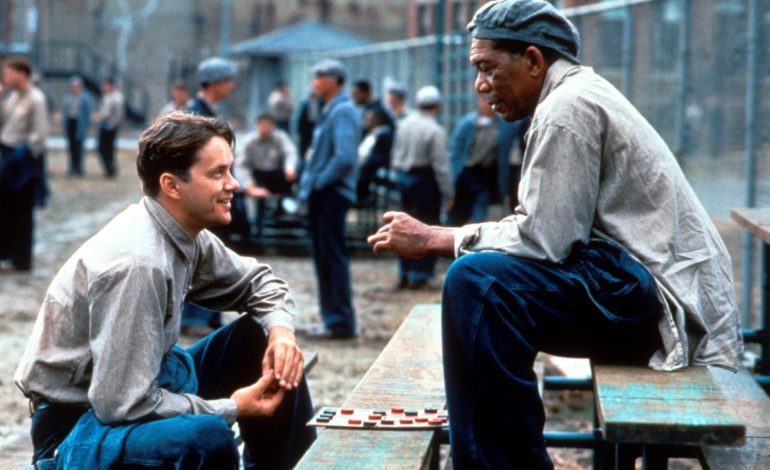

Regardless of the period, location, or sentence length, it’s safe to say no one wants to go to prison. Being locked away in a dark building, surrounded by harsh guards and sometimes even more brutal criminals is not something that most people strive for. Thus, when a film decides to show a character living in (and most times escaping from) prison, it’s interesting to see how the jailhouse lifestyle is depicted. Sometimes, characters are thrown into a concrete snake pit with dangerous inmates trying to injure or kill our protagonist. They are sentenced to a remote wasteland filled with unusual forms of punishment our characters must endure. Other times, our feelings band together to play football or must battle other criminals in an air prison transport.
Regardless, Cinema history has given us various versions of prison, from brutal, real-world examples like Shawshank Redemption to fantastical, science-fiction depictions like Alien 3 or Guardians of the Galaxy. Today, we will discuss the best and worst prison experiences as depicted in the film, which experiences seem the most enjoyable if one were to be sentenced. This is not a conversation about the best and worst movies about prisons, but more simply discussing the depictions featured, how enjoyable they are, and why they are shown this way.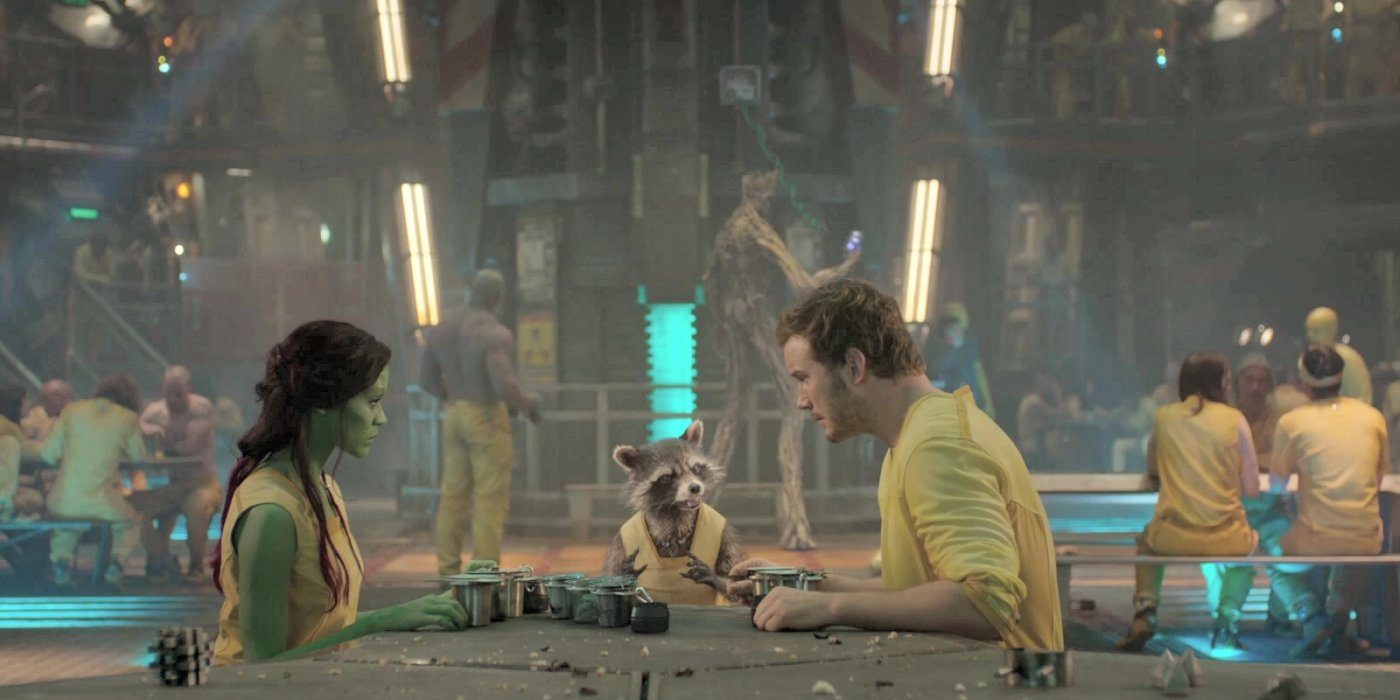

So let’s begin with the best because there isn’t much here. Most of the time, prison is shown more or less accurately awful for the inmates. Whether it be with the inmates of San Quentin or The Kyln, life behind bars is rough and demoralizing. Even more comedic films taking place in prison, like The Longest Yard (The original 1974 Burt Reynolds vehicle or 2005 version with Adam Sandler) or Life (The 1999 film staring Eddie Murphy and Martin Lawrence, not the 2017 alien flick), show prison as someplace no person ever really wants to be, with hot boxes and harsh treatment from the guards. That being said, the directors attempt to show the small moments of joy found in the worst times, whether it be the inmates making jokes about who’s the father of the warden’s baby in Life or everyone enjoying seeing Rita Hayworth during movie time in The Shawshank Redemption.


However, one moment in a film pulls the rug out from under us and shows prison as nice. That is Martin Scorsese’s 1990 classic, Goodfellas, in which after being arrested, Henry, played by Ray Liotta, is sentenced to ten years in prison and seemingly goes on vacation. This might be one of the coziest scenes in film history, as Henry describes how important dinner was in jail. During this description, we are greeted with a scene showing Paul Sorvino slicing garlic with a racer while the mobsters prepare a delicious Italian dinner.
Henry explains how prison is different for “wiseguys who owned the joint” and that they had the luxury of living separated from the rest and could, more or less, hang out until their sentence was up. Henry’s only complaint is that he missed Jimmy, Robert De Nero, serving time in a different prison. The only negative thing to happen to Henry is the thing that would eventually lead to his downfall, which was the beginning of his drug addiction. This would lead him down a path where he would burn bridges with his former mob allies, get busted by the FBI, and eventually give up his entire life by joining the witness protection program. So while the prison experience wasn’t the worst for Henry, the effects of it still altered the course of his life.
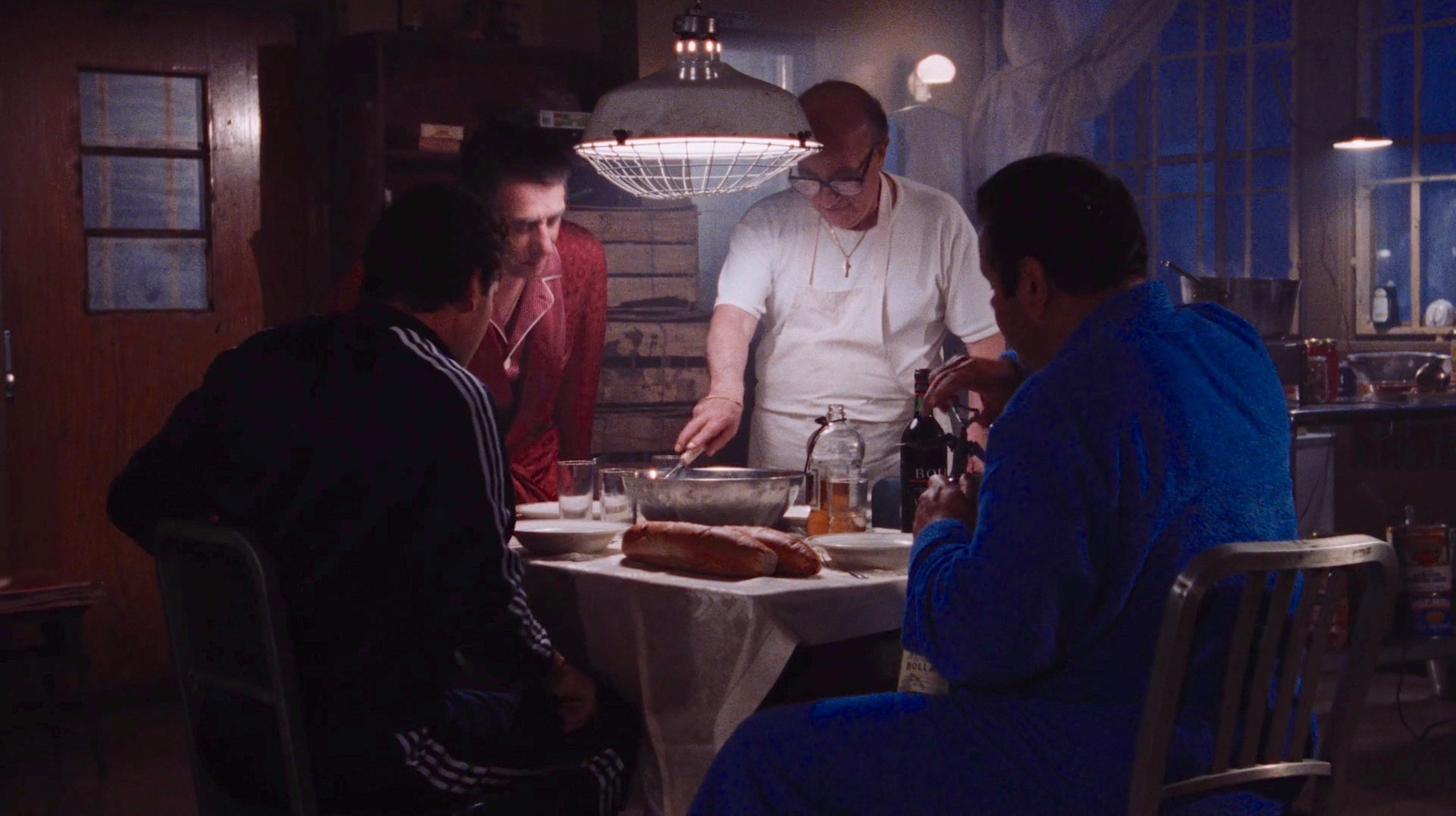

Scorsese’s goal in this scene is to show that even in the worst situations, being a mobster comes with huge perks, like enjoying a medium-rare stake while incarcerated. Now all of these perks would come with a heavy price to pay by the film’s end, but being a mobster was life at the moment. This is linked to the thematic point of Goodfellas, in that the lifestyle of a gangster is exciting and filled with luxuries that most people will never be able to enjoy. Still, eventually, one must pay for all the crimes they have committed. This scene is very symbolic of the point Scorsese is trying to make with Goodfellas, and, if we’re being honest, it makes being a gangster in prison seem pretty nice, at least for the moment.
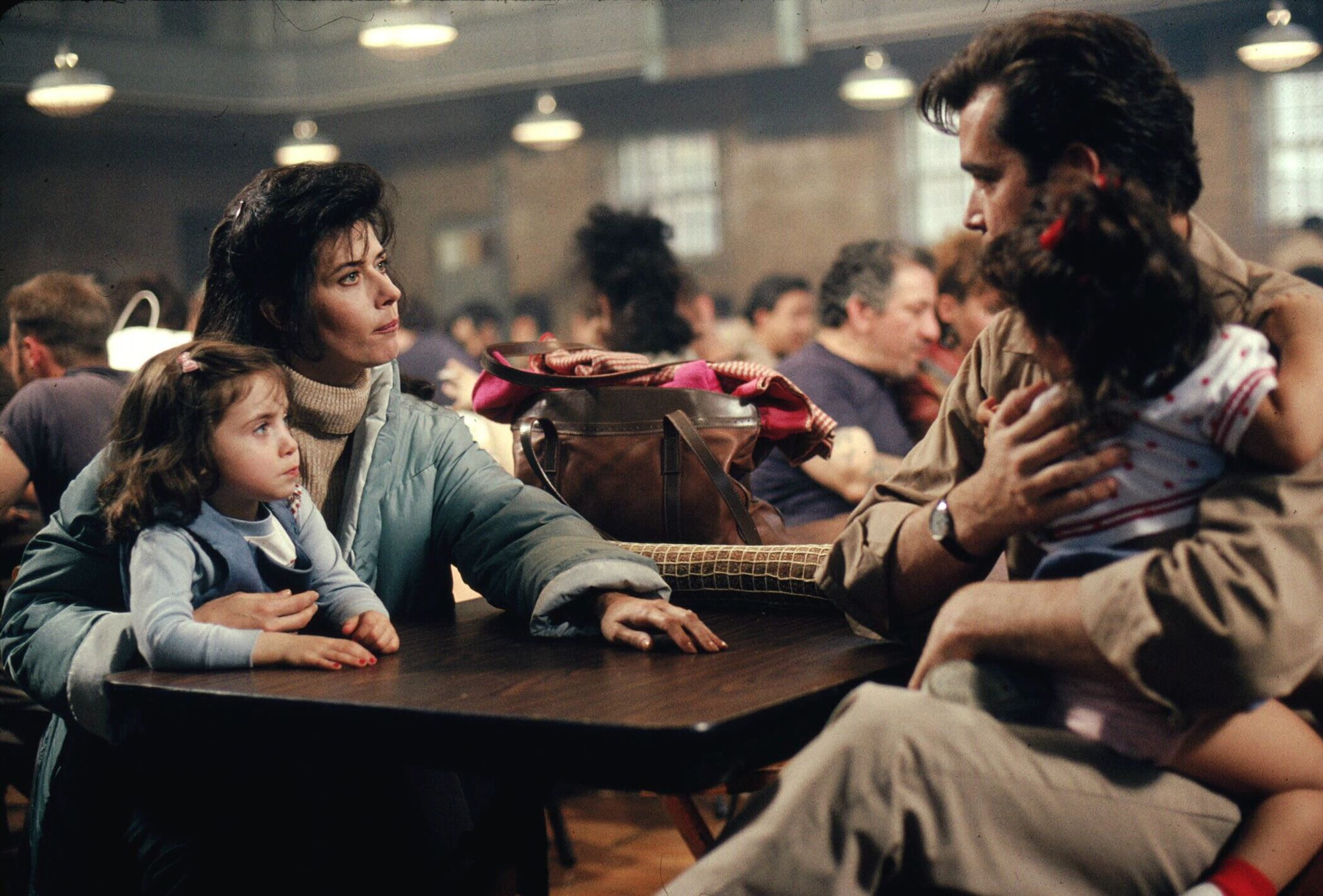

Well enough having fun; now it’s time to discuss the horrible prison experiences. So there’s plenty to pull from here. Some of the most obvious are situations like The Green Mile, where one is in a dirty stone prison on death row. At the same time, others are a bit more extravagant, like Alien 3’s Fiorina 161, a prison that works as both a mine and a penal labor camp. Now this is pretty rough, a mining labor camp and in the middle of space, not the best of situations. Plus, a xenomorph eventually shows up to eat you and the other inmates. Not the best prison experience. Although labor camps and aliens are pretty bad, they pale compared to being sentenced to the entirety of New York City!
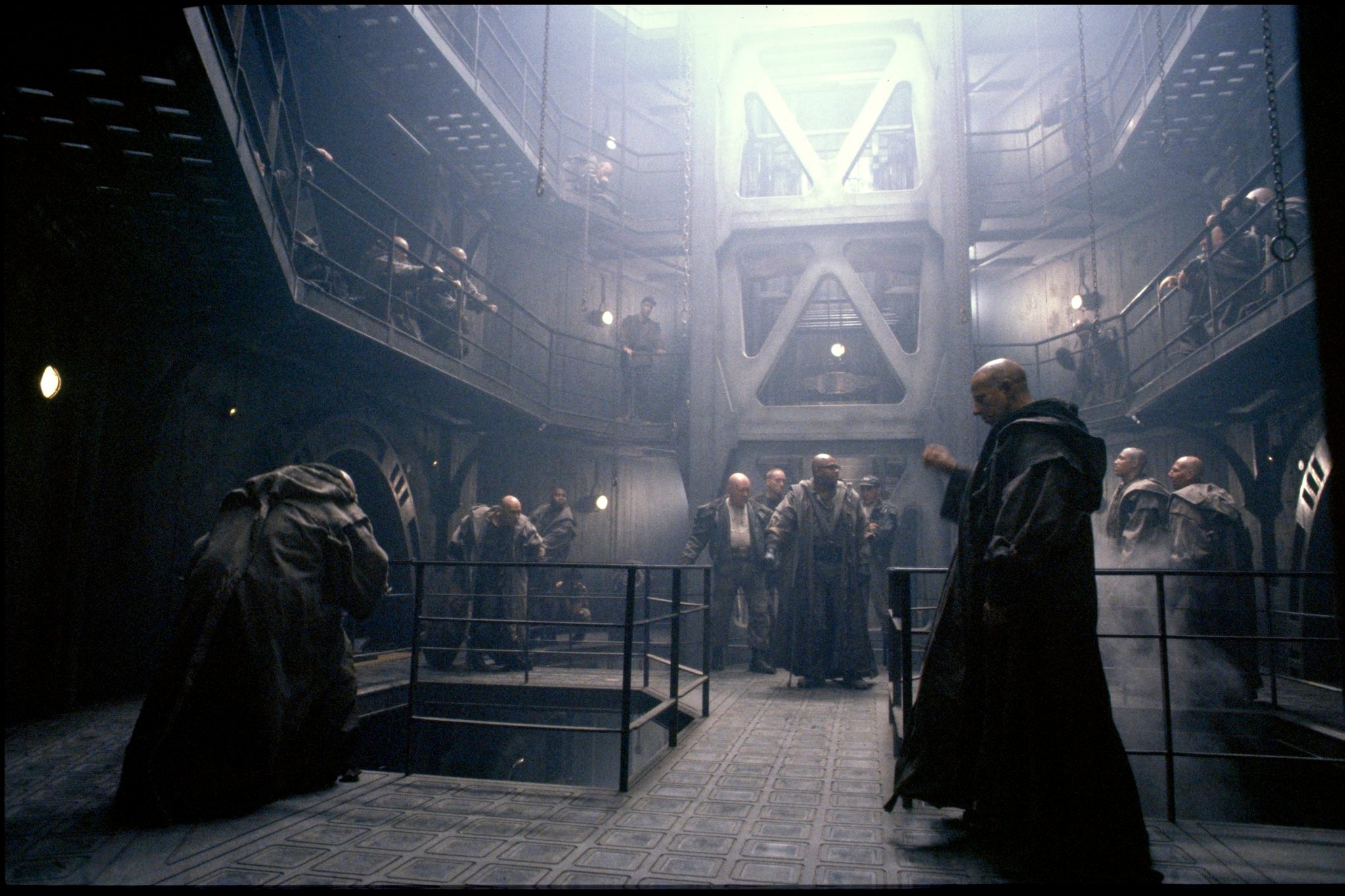

John Carpenter’s 1981 sci-fi action movie Escape from New York features the concept that crime had gotten so bad in the USA that they converted Manhattan Island into a maximum security prison. The film follows Snake Plissken, arguably the coolest named character Kurt Russell has ever played, a convict who is assigned to rescue the president who has been captured in the New York mega prison complex. This leads Snake on a wild adventure through New York, filled with gangs, violence, and explosives.
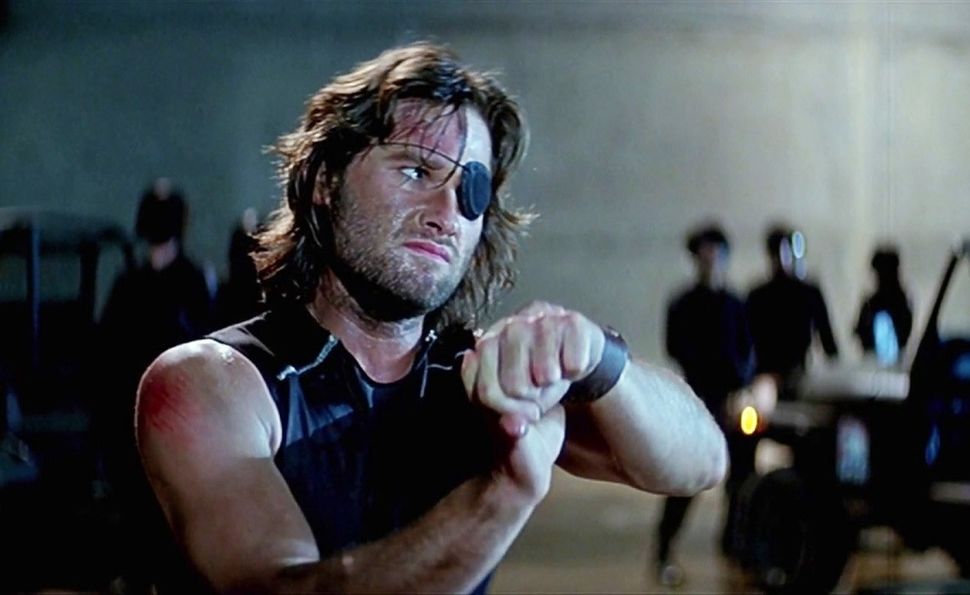

While not exactly a prison movie, the prison shown in Escape from New York is one of the worst to be sentenced to. Not only are you trapped in a specific location, but that location is the rundown, dystopian Manhattan populated by other violent and sometimes insane inmates. People are acting like maniacs, there’s seemingly no power sometimes, and there are gladiator death rings. This is a terrifying concept that Carpenter hits dead on with this flick. He says Death Wish inspired him in how the movie conveyed “the sense of New York as a kind of jungle, and I wanted to make an SF film along these lines.” This can be felt in how the city is portrayed and be used to describe the prison lifestyle itself with the feeling of always looking over your shoulder and being afraid of what the other inmates might do around you. Escape from New York sells the worst possible experience of being in prison, metaphorically and literally. So to recap, if you find yourself being sentenced to jail, make sure you’re a mobster and avoid being sentenced to Manhattan.


Film can showcase the complete spectrum of a concept through how individual filmmakers approach said idea. The fact that the concept of prison can be displayed in different lights and perspectives makes cinema such a significant art form in the first place. Regardless of the situation or plot of the film, prison is something that all filmmakers can agree is the wrong time. Whether it’s developing a drug addiction or being assaulted by insane New Yorkers, prison is somewhere you don’t want to end up.
